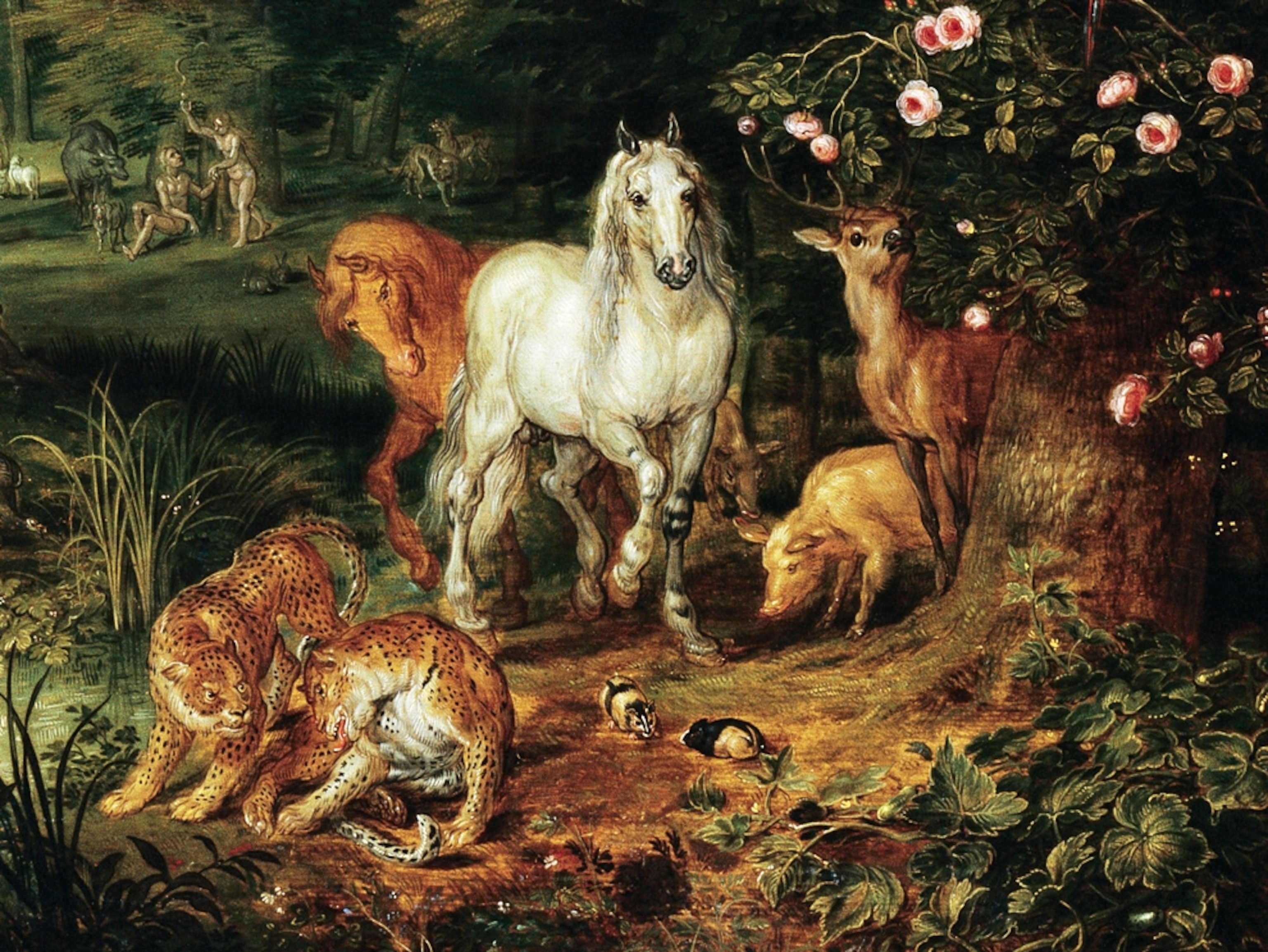
Guinea Pigs Were Widespread as Elizabethan Pets
South American rodents raised by several social classes, study suggests.
When Spanish conquistadors brought guinea pigs from South America to Europe, the tiny "curiosities" were bred as pets across a wide swath of Elizabethan societal classes, a new study suggests.
The evidence comes from a guinea pig skeleton discovered in 2007 in the backyard cellar of a former middle-class house in Mons, Belgium, once part of the Spanish Empire.
Radiocarbon dating of the bones revealed that this guinea pig lived between the end of the 16th and the beginning of the 17th centuries—very soon after the Spanish arrived in South America, said study leader Fabienne Pigière, of the Royal Belgian Institute of Natural Sciences in Brussels.
Guinea pig bones are rare in the European archaeological record, which left scientists wondering what purpose the animals originally served when they arrived on the continent, according to the study.
For instance, the remains of North American turkeys and South American Muscovy ducks, which had also been brought to Europe by the Spanish, show that the birds were mostly raised to be food.
The new study now suggests that early guinea pigs provided more companionship than sustenance. The Belgian guinea pig skeleton was found complete and without any evidence of being processed as food, so the authors are confident that the animal had been part of the family.
It's "very exciting" to research how such "exotic animals" were introduced to Europe, Pigière said.
(See "American Indian Sailed to Europe With Vikings?")
Family Pet ... and Dinner?
Pigière and colleagues first determined that the newfound guinea pig was a domesticated animal based on its skeleton, which is different than that of wild guinea pig relatives, also called cavies.
For instance, the study skeleton has a curved junction where the skull's frontal and parietal bones meet, a characteristic of domestication in guinea pigs. (See pictures of exotic domesticated animals.)
Flemish paintings of the time back up that conclusion because they depict multicolored guinea pigs, said Pigière, whose study will appear in April in the Journal of Archaeological Science. Multicolored and white hair are genetic traits typically associated with domestication in guinea pigs, according to the study.
What's more, analysis of the chemical elements of the guinea pig's bones revealed the animal had eaten mostly human refuse without any trave of maize, a typical diet of domestic guinea pigs in South America. This suggests the animal had likely been born and raised in Europe.
Elizabeth Reitz, an zooarchaeologist at the University of Georgia in Athens, said the study is thorough and "really hits all the bases."
"Their interpretation that this was a little burial of a guinea pig is probably true," Reitz said.
But Reitz added that she wouldn't be surprised if Europeans ate them, too—the English at the time regularly ate dormice, a type of squirrel-like rodent. And in South America, guinea pigs were raised mostly for food—and still are today.
In fact, Pigière and colleagues found one historical reference that Europeans ate guinea pigs in a 1563 book written by French agronomist O. de Serres.
De Serres wrote that it was "necessary to have some spices to improve the flavor of guinea pig meat," Pigière said.
Guinea Pigs For the People
The new study shows that guinea pigs as pets were more widespread through 16th- and 17th-century society than previously thought, Pigière noted.
That's because both written documents about the inhabitants of this part of Mons, as well as ceramics and glassware found at the Mons archaeological site, suggest the house's residents were middle class. This means "the animal was available to several classes of populations and not only the aristocrat," she said.
(Also see "Pictures: Gold Treasure, Roman Coins Revealed in U.K.")
The only other known 16th-century guinea pig remains—found at a manor in Essex, England—had suggested the animals were limited to the elite.
Guinea pigs are "reputed for their great adaptability, and it is no surprise that the animal could quickly establish itself in northern Europe, given its fast reproduction capacities," the study authors noted.
The University of Georgia's Reitz added, "These are rodents, and they breed like rodents—I'm not surprised once they got to Europe they only needed two."
In general, the study shows how "extraordinarily rapidly" goods from the Americas entered Europe, Reitz added.
(Related: "Conquistador Was Deep in U.S.; 'Stunning' Jewelry Find Redraws Route?")
"These things spread ... much more quickly than we would have thought," she said."Guinea pigs in Europe by the 1500s—that's pretty amazing."





